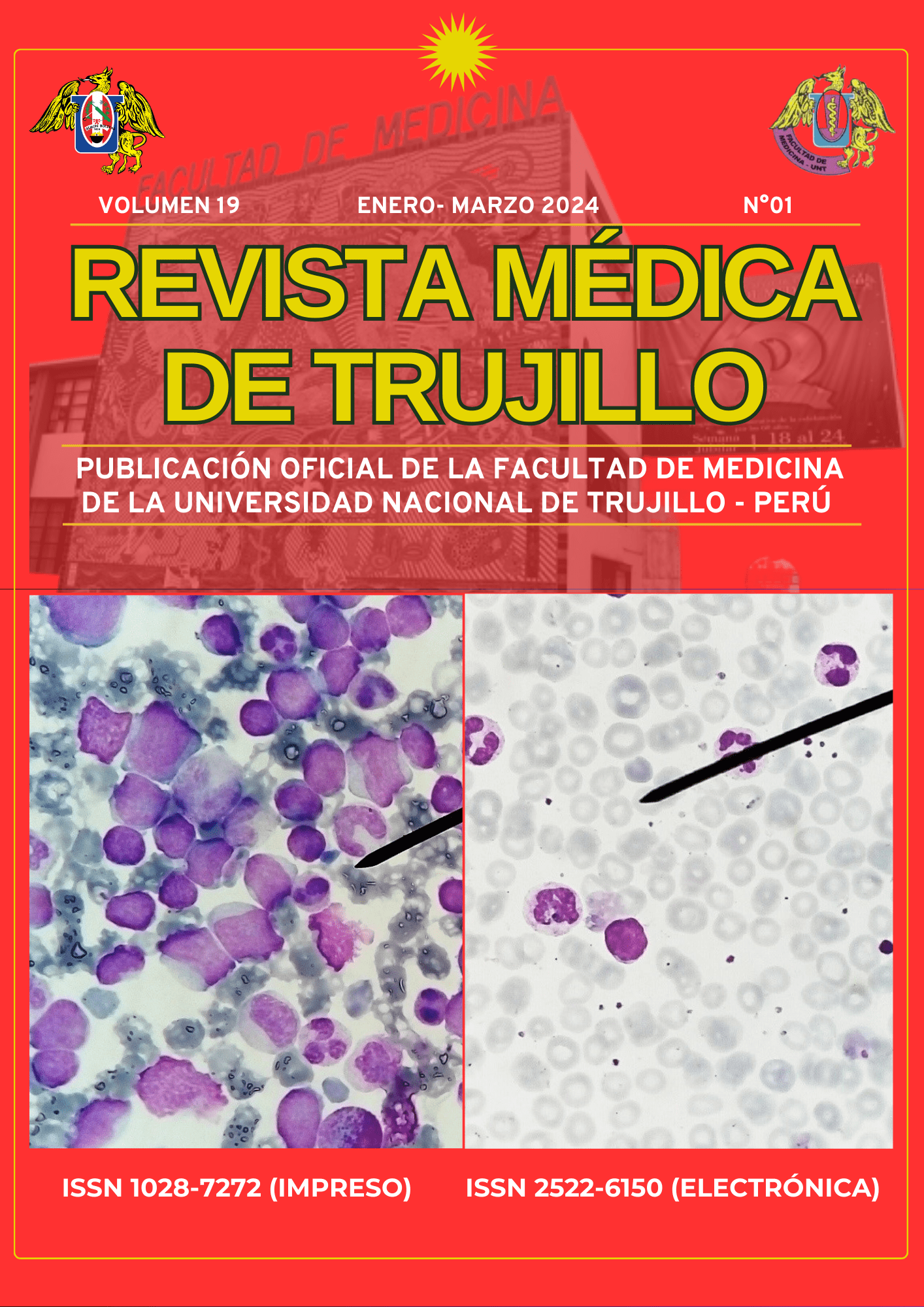Síndrome de Burnout académico en estudiantes universitarios durante el periodo de pandemia por la Covid-19 del 2020 al 2022
Academic Burnout syndrome in university students during the period of the Covid-19 pandemic from 2020 to 2022
DOI:
https://doi.org/10.17268/rmt.2024.v19i1.5962Keywords:
Academic Burnout Syndrome, Emotional exhaustion, academic stress, COVID-19Abstract
Objetive: to determine the ABS levels of university students, in addition to quantitatively describing the behavior of the analyzed SBA dimensions. Methods: The methodology used was descriptive, through data collection through virtual questionnaires. The surveys were carried out under informed consent, using the Maslach Burnout Inventory Student Survey (MBI-SS) as a measurement instrument. Results: The data obtained were analyzed with the statistical program named IBM SPSS version 26, finding a high level of reliability (Cronbach's Alpha of 0.86). The results on the study population indicated that their High ABS levels increased from 2020 to 2021, from 3% to 8%; lowering this percentage to 5% by 2022; while Medium ABS levels presented a moderate variation of 93%, 82% and 87% in the years 2020, 2021 and 2022 respectively. Students with Low ABS levels had an increase from 2020 to 2021, from 4% to 10%; lowering this percentage to 8% by the year 2022. In relation to the dimensions of the ABS, indicated that the students presented a higher Emotional Exhaustion between 2020 and 2021, with a downward trend in 2022. In addition, they presented higher levels of Cynicism in 2021, compared to the years 2020 and 2022; Their levels of Academic Self-Efficacy remained moderately stable throughout the pandemic period from 2020 to 2022. Conclusion: that more than 80 percent of university students presented average levels of ABS from 2020 to 2022, with 2021 being the year with the highest levels of the ABS.
Downloads
Published
How to Cite
Issue
Section
License

This work is licensed under a Creative Commons Attribution-NonCommercial 4.0 International License.










